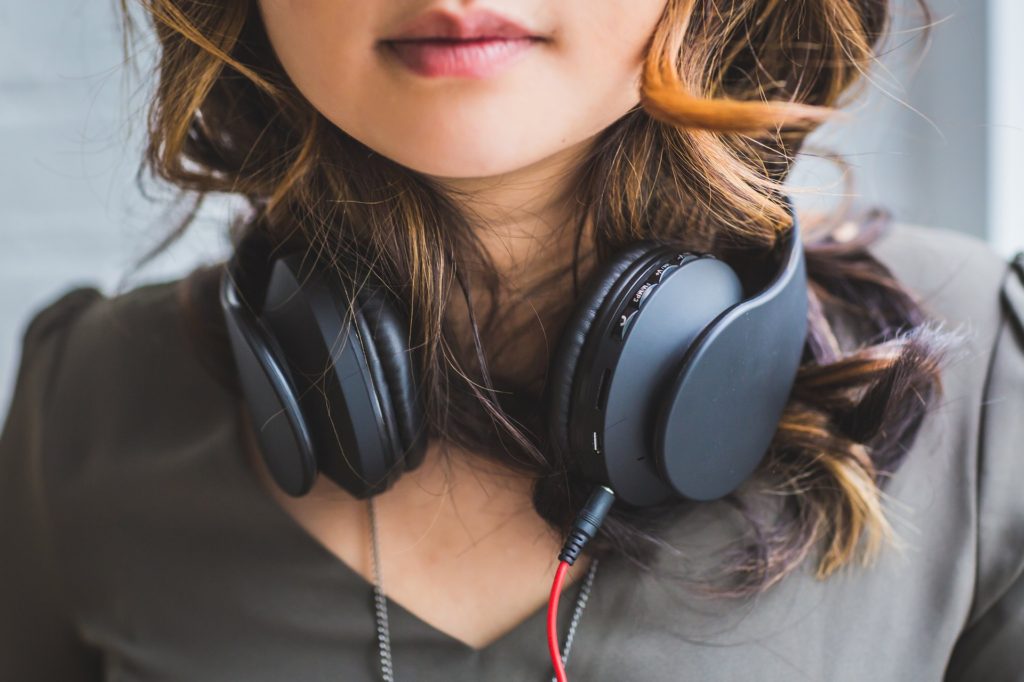Does loud music damage hearing?

photo from pixabay
Dr. Lai’s son practices his saxophone with headphones on, while Dr. Kardos’s son rarely remembers to protect his ears while practicing drums. While admirable that they both practice their instruments, guess which one is more at risk for teen hearing loss?
Sound is described by decibels (loudness) and by frequency (pitch) measured in hertz. An example of a high frequency sound is a person whispering. A very high frequency noise is the sound of a dog whistle. By thirty years old, almost everyone experiences some hearing loss at frequencies above 15 hertz. If you are this age, this is why everyone now seems to mumble at parties. A few years ago, teens capitalized on this natural hearing loss phenomenon with “mosquito” ringtones– high frequency cell phone rings heard only by younger ears but not by prying adult ears. For kicks, check out your ability to hear high frequencies at this non-scientific site.
Exposure to loud sounds at high decibels hastens the natural progression of high frequency hearing loss. The ringing in the ears after a loud concert or a day of weed-wacking is the “sound” of hearing loss occurring. Damage to the hearing nerve (cochlear nerve) in an ear can occur from a one time exposure to dangerously high decibels or from repetitive exposure over time.
What is the margin of safety?
- Sounds above 85 decibels cause damage.
- Those below 75 decibels rarely cause problems.
- The humming of a refrigerator is 40 decibels.
- Ordinary conversations are 60 decibels.
- City traffic registers at 80 decibels.
- Lawn mowers and hair dryers are around 90 decibels.
- Firecrackers explode at 120-140 decibels.
- After two minutes, exposure to rock concerts (which usually register at 110 decibels) may cause damage.
- For lawn mowing, the permissible exposure time of exposure is some time between 2-4 hours.
This site gives maximum recommended lengths of time for exposure to loud sounds.
When we last published a post on teen hearing loss five years ago, there was concern that amongst teens, high frequency hearing loss was on the rise. Turns out this may not be the case, however, there is still concern that teens are putting themselves at risk for hearing loss from their frequent use of headsets and earbuds. Because of differences in ear buds and how music is recorded, there is no uniform way to regulate the volume reaching your teen’s ears. However, as a general rule of thumb, if you can hear your teen’s music playing when he has ear buds in, it’s too loud. Kids should be able to hear normal conversations even when their devices are on. Frequently asked questions about sound settings for Apple devices can be found at the Apple site. Encourage your kids to protect hearing by turning down the sound, and by using ear plugs or sound blocking headphones when appropriate.
Finally, we should mention signs of “selective hearing loss.” Many parents describe this form of “hearing loss” in the office. In these cases, a child does not hear her mom admonish “Clean your room,” yet hears her mom whisper “Let’s go out for ice cream.”
Even if your teen can hear, he may not listen!
Julie Kardos, MD and Naline Lai, MD
©2018 Two Peds in a Pod®